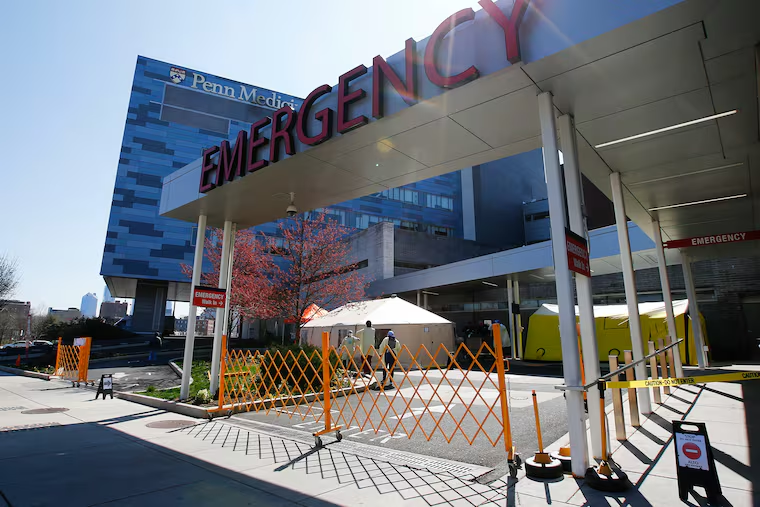Philly-area hospitals face an epic wage inflation surge, causing losses in the millions
Only two Philadelphia-area health systems made money during the first three months of 2022. Soaring labor costs, falling patient volume and lower revenues create a perfect storm for hospitals.
